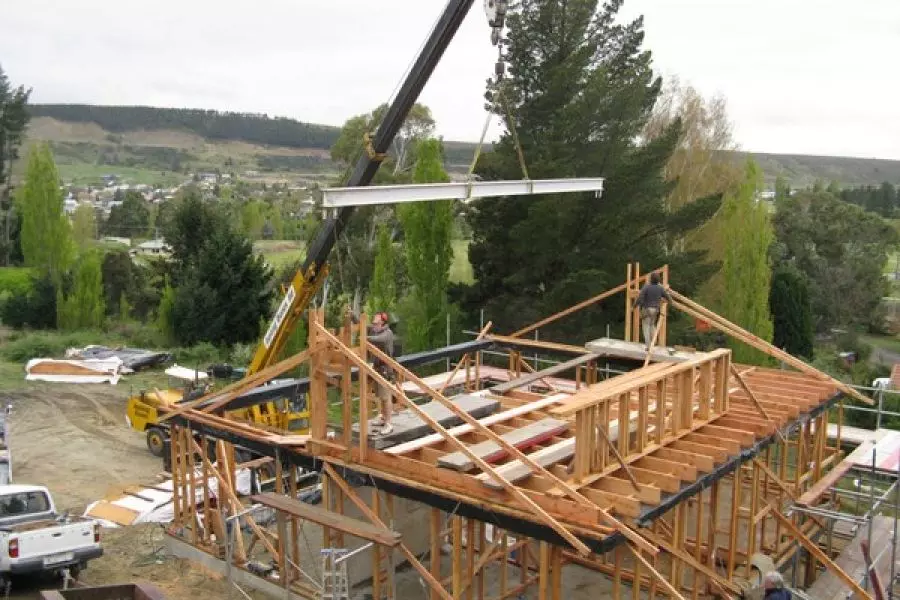News
Consents reach peak level

Monday 4th of February 2019
Nearly 33,000 (32,996) new homes were consented in the December 2018 year, which is the highest of any year since mid-2004, according to new Stats NZ data.
That number was also a 6.1% rise on the total of new dwellings consent in the year to December 2017.
Once seasonally adjusted, the number of new dwellings consented in December 2018 was up by 5.1% on November 2018.
Th...
Want to read the full article?
Click the button below to subscribe and will have unlimited access to full article and all other articles on the site.






![[The Wrap] Bye Bye Bayly](https://goodreturns.publit.io/file/c_fill,w_900,h_600/39f23ac1-f7c7-4854-b700-a150004ebbac.webp)


